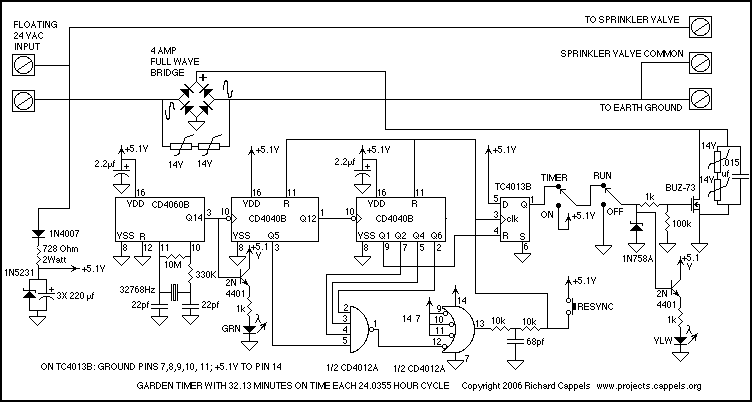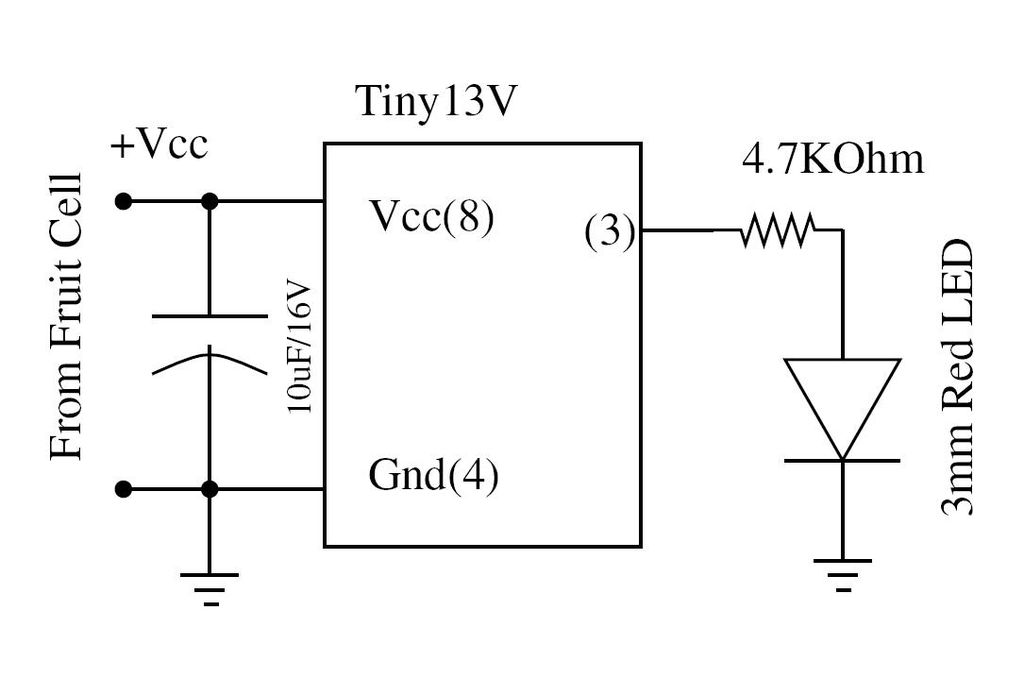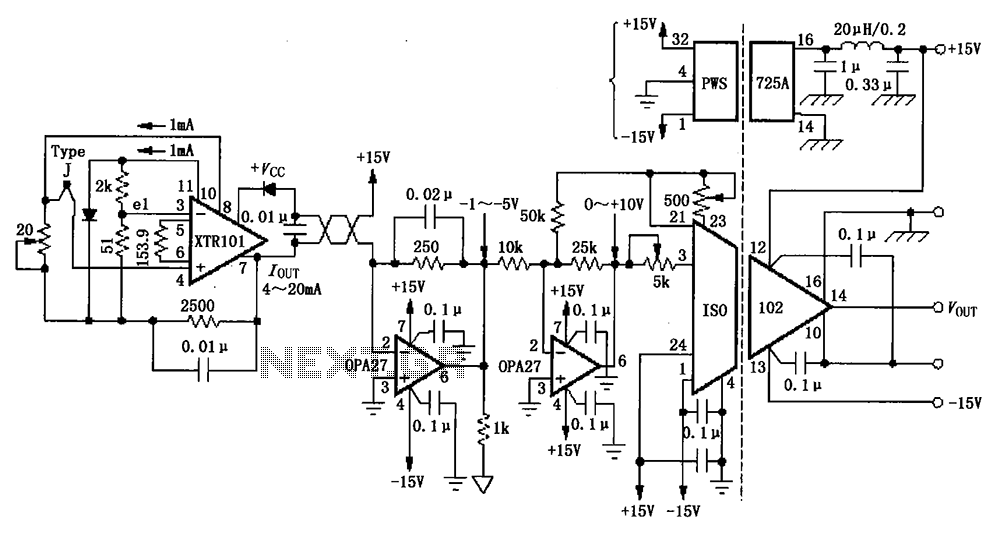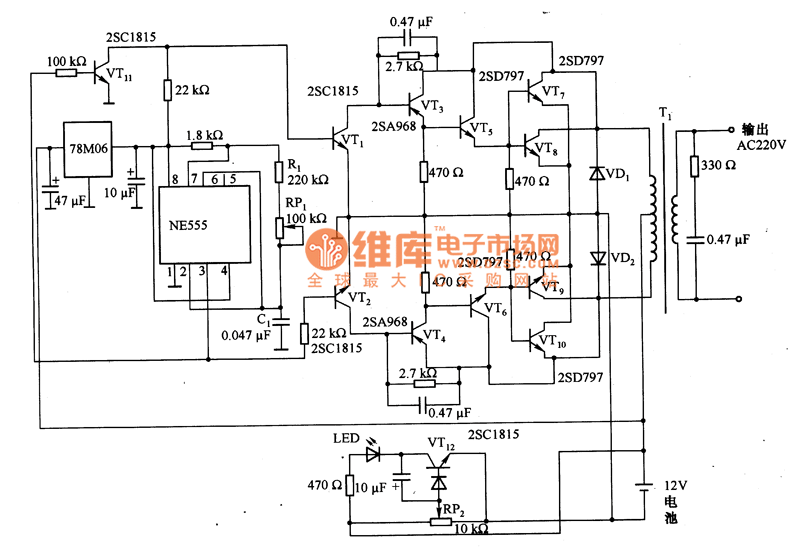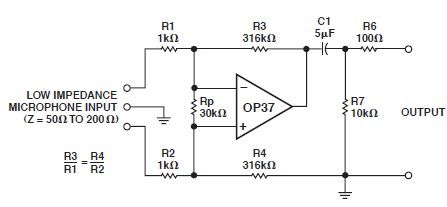
Schematic Diagram 250mW 16-dB VHF amplifier circuit

A high-efficiency, simple two-transistor VHF amplifier electronic circuit project can be developed using the provided circuit diagram. This VHF amplifier circuit achieves a significant efficiency with a gain of approximately 16 dB and does not require any tuning or alignment procedures. The design incorporates wideband techniques and includes a low-pass filter to ensure good output spectral purity. This VHF power amplifier is specifically intended to amplify the output from 7 mW to 10 mW WBFM transmitters to a final output level of 250 mW to 300 mW, following the filter. The transistor biasing is managed by resistors R5, R6, and inductor L6, while the residual DC current is determined by resistor R4. The input signal is coupled through capacitor C9 to the base of the first transistor (Q1). The output signal from Q1 is then coupled to the base of the second transistor (Q2) via capacitor C7. A 78L08 voltage regulator is employed to stabilize the supply voltage for Q1 and the bias voltages for both Q1 and Q2, ensuring that the output RF power remains relatively constant despite significant variations in the supply voltage.
The circuit consists of two NPN transistors configured in a common-emitter arrangement, which is typical for VHF amplification applications. The initial transistor (Q1) receives the input signal, which is coupled through capacitor C9, allowing AC signals to pass while blocking any DC components. The amplified output from Q1 is then passed to Q2 through capacitor C7, further increasing the gain of the signal before it is delivered to the output stage.
Resistors R5 and R6 play critical roles in establishing the proper biasing conditions for Q1 and Q2, ensuring that both transistors operate in their active regions for optimal amplification. Inductor L6 is included in the biasing network to provide stability against variations in temperature and supply voltage, which can affect transistor performance.
The low-pass filter, designed to eliminate unwanted high-frequency signals, is essential for maintaining the purity of the output signal. This filter ensures that the amplified signal retains its quality, which is particularly important in VHF applications where spectral purity can significantly impact performance.
The inclusion of the 78L08 voltage regulator is a crucial design element, providing a stable voltage supply to the circuit. This regulator helps maintain consistent performance of the amplifier by compensating for fluctuations in the input supply voltage, thus ensuring that the output RF power remains stable and reliable even under varying operational conditions.
Overall, this VHF amplifier circuit is a robust solution for applications requiring high efficiency and reliable performance without the need for complex tuning or alignment procedures.A high efficiency simple 2-transistor VHF amplifier electronic circuit project can be designed using this electronic circuit diagram. This VHF amplifier electronic circuit has a very high efficiency of about 16dB gain, and requires no tuning or alignment procedures.
Wideband techniques have been used in the design and the circuit is equipped with a "lowpass" filter to ensure good output spectral purity. This VHF power amplifier circuit is specifically designed to amplify the output of 7mW to 10mW WBFM transmitters to a final level of 250mW to 300mW, after the filter. The transistor is biased by means of R5, R6 and L6, and the residual DC current is set by R4. The input signal is coupled by C9 to the Base of the transistor. The input signal from Q1 is coupled to the Base of Q2 via C7. The 78L08 voltage regulator is used to regulate the supply voltage to Q1 and the bias votages to both Q1 and Q2 so that the output RF power is relatively constant, even with large variations of supply voltage.
🔗 External reference
The circuit consists of two NPN transistors configured in a common-emitter arrangement, which is typical for VHF amplification applications. The initial transistor (Q1) receives the input signal, which is coupled through capacitor C9, allowing AC signals to pass while blocking any DC components. The amplified output from Q1 is then passed to Q2 through capacitor C7, further increasing the gain of the signal before it is delivered to the output stage.
Resistors R5 and R6 play critical roles in establishing the proper biasing conditions for Q1 and Q2, ensuring that both transistors operate in their active regions for optimal amplification. Inductor L6 is included in the biasing network to provide stability against variations in temperature and supply voltage, which can affect transistor performance.
The low-pass filter, designed to eliminate unwanted high-frequency signals, is essential for maintaining the purity of the output signal. This filter ensures that the amplified signal retains its quality, which is particularly important in VHF applications where spectral purity can significantly impact performance.
The inclusion of the 78L08 voltage regulator is a crucial design element, providing a stable voltage supply to the circuit. This regulator helps maintain consistent performance of the amplifier by compensating for fluctuations in the input supply voltage, thus ensuring that the output RF power remains stable and reliable even under varying operational conditions.
Overall, this VHF amplifier circuit is a robust solution for applications requiring high efficiency and reliable performance without the need for complex tuning or alignment procedures.A high efficiency simple 2-transistor VHF amplifier electronic circuit project can be designed using this electronic circuit diagram. This VHF amplifier electronic circuit has a very high efficiency of about 16dB gain, and requires no tuning or alignment procedures.
Wideband techniques have been used in the design and the circuit is equipped with a "lowpass" filter to ensure good output spectral purity. This VHF power amplifier circuit is specifically designed to amplify the output of 7mW to 10mW WBFM transmitters to a final level of 250mW to 300mW, after the filter. The transistor is biased by means of R5, R6 and L6, and the residual DC current is set by R4. The input signal is coupled by C9 to the Base of the transistor. The input signal from Q1 is coupled to the Base of Q2 via C7. The 78L08 voltage regulator is used to regulate the supply voltage to Q1 and the bias votages to both Q1 and Q2 so that the output RF power is relatively constant, even with large variations of supply voltage.
🔗 External reference
